Diseases and pests of beans
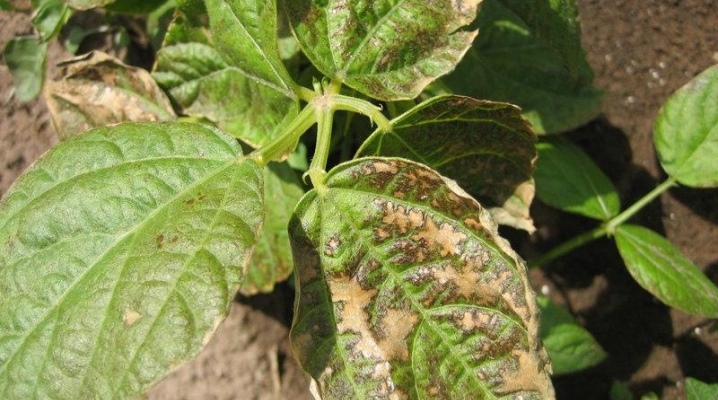
A lot is known about the benefits of legumes. Many gardeners know that caring for such plants is not only about weeding, applying mineral fertilizers and watering. To get a full harvest, you have to fight numerous plant diseases, as well as insects that attack them. This article will discuss the diseases that affect beans, pests and how to get rid of these insects.
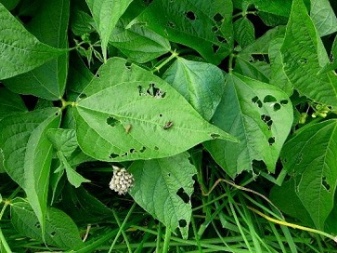

Diseases and their treatment
Beans are a tasty and healthy product loved by many. There are several types of such plants, which differ in appearance, bush shape. The very process of growing legumes is simple. The main task is to provide the necessary conditions in the form of fertile soil and heat. Often, gardeners are faced with a problem when spots and various damages begin to appear on bush, pod, asparagus or curly ornamental beans.
Legumes are more likely to be susceptible to fungal infections, as well as viruses and bacteria that lead to plant damage. Most often, legumes suffer from:
- powdery mildew;
- anthracnose;
- root and white rot;
- green and yellow mosaic.
The appearance of powdery mildew is favored by warm, humid weather. During this period, gray specks with drops may appear on the leaves. This sign speaks of the defeat of the bush. So that the plants are not further affected by powdery mildew, it is necessary to remove the lower leaves on the affected bushes and take them out of the site. The appearance of such a disease does not lead to the loss of the plant; nevertheless, if it is affected by powdery mildew, the yield decreases to 15%.
Anthracnose is a disease that develops as a result of the appearance of deuteromycetes in the seed. Outwardly, the disease is manifested by the appearance of brown spots on the leaves. After the plant begins to dry out, and the seeds, after collecting them, become unusable.
Anthracnose is dangerous not only with a small harvest - with the development of anthracnose, infection occurs.

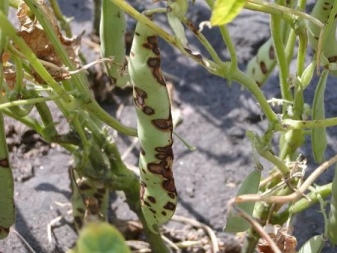
Sources for the appearance of infection can serve plant remains that remain in the ground for several years. Healthy legumes can get fungus in strong winds or rain. Decay in the event of a lesion begins from the root, passing to the stem. A bloom of pink appears on them. The disease provokes growth retardation, wilting of plants, and leads to shedding of seeds. The presence of white rot can be judged by the white bloom that has appeared on the stem. At the same time, it also becomes thinner.
The appearance of bacterial spotting can be judged by the characteristic spots on the white leaves, which feel like mucus to the touch.... If this disease is not stopped in time, then soon the plant will begin to curl and wither. A very serious disease of the bean of viral origin is yellow or green mosaic. A green mosaic appears with a green-brown sediment on the leaves. After the affected area swells and then rot. Bushes begin to develop worse, lag behind in growth, which further leads to their death. With a yellow mosaic, the leaves, respectively, turn yellow, then become pale, lose strength and begin to sag. Diseased plants begin to look weak, bush.
Several activities will help prevent the onset of bean diseases. in the correct preparation of seed material, correct crop rotation and planting fresh harvests.
The implementation of such simple actions will increase the resistance of the crop to diseases, as well as to insect pests.

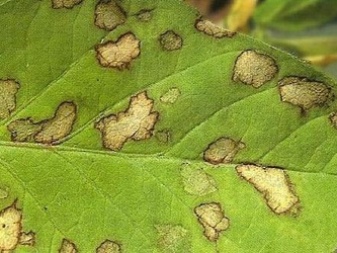
Pests and control measures
Often, inexperienced gardeners do not know what to do when the site is attacked by pests. If pests appear in the garden bed, as well as in the seed and pods, the fight against them should be carried out depending on the type of insect. Dangerous insects that can cause considerable damage to beans include:
- weevil;
- sprout fly;
- weevil;
- slug;
- aphids;
- moth with whitefly.
Caryopsis considered the main enemy for legumes. This small beetle is up to 5 mm in size. You can recognize it by its oval shape and black shell. The bug is very active. In one year, a bean weevil can destroy all stocks. It can start not only in a barn or an agricultural workshop, but also in a vegetable garden. These insects have high vitality and are able to live without food for 3 months. They do not tolerate a drop in temperature, so the most acceptable method of dealing with a bug is to keep the seeds at a temperature of about zero.
Sprout fly is an insect 5 mm long. The fly is gray with black stripes on its back. If pupae are in the soil in winter, flies will appear in May. These insects lay eggs in the ground, from which larvae appear in a week, which begin to gnaw the seeds of beans.
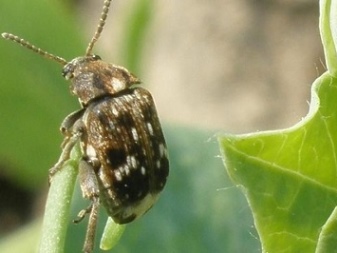

The most favorable period for them is cool weather with cool air. In dry weather, they die. The greatest damage to crops is caused by the first generation of the sprout fly. The bristly weevil is a small oblong beetle. Representatives of this species are very fertile, they lay about 800 eggs. Dry years are unfavorable for them. The weevil feeds on tubers and roots. Yield losses are possible even after the appearance of the whitefly. Outwardly, this insect resembles a moth. A flying insect is especially dangerous for seedlings, since the whitefly feeds on young leaves. To protect yourself from this pest, it is better to plant seedlings in the ground as early as possible. If a whitefly appears in the greenhouse, you should freeze the room.
Another of the pests of beans is shellfish - slug... Its length is about 70 mm. As it moves, it forms mucus, leaving silvery tracks on plant leaves. During the day, slugs are in shelters, and at night they crawl out for food. In cold weather and the temperature drops to 6-7 degrees, this mollusk dies. Slugs feed on young leaves and beans. They are capable of causing significant damage during rainy and cool periods favorable for them.
In addition, aphids and moths can cause great harm to this culture.
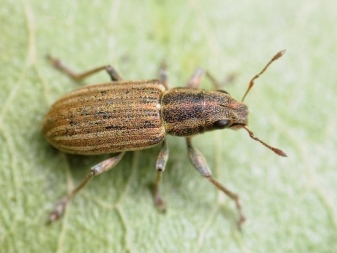
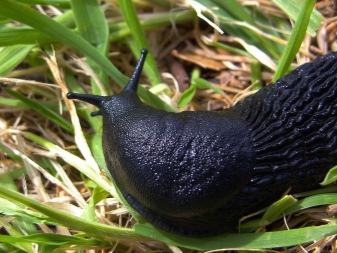
Prophylaxis
To obtain a full-fledged crop of legumes, it is important to carry out preventive measures. Following certain recommendations allows you to preserve the grown products.
- When purchasing seeds, you need to make sure in their resistance to viral infections, fungal diseases. Choose healthy seed.
- It is important to find the right place for the garden. The beans are planted in sunny, well-ventilated areas.
- Be sure to carry out weeding between rows. This will help reduce the likelihood of infections remaining in the weeds.
- Use of chemicals for processing beans seeds will help protect from insects.
Pod harvesting is recommended before cracking begins. If pests are introduced into them, the beans are kept in the freezer for several days. You can also steam the beans in a water bath. To store the harvested crop, use a container with a tight-fitting lid.There are folk remedies to protect plants from disease. One of them is boric acid solution. Foliar dressing gives a tangible result when using this drug, harmless to humans. It is recommended to spray the plants three times. To prepare the solution, take 0.1 grams of boric acid and dilute in a liter of water.
It should be borne in mind that boric acid should be dissolved in fairly hot water. Immediately pour the product out of the bag, then add hot water (1 l) and then bring to the required volume, adding water at room temperature. Spraying is carried out in the late afternoon so that the plant does not get sunburn. Thanks to this treatment, you can saturate the soil with the necessary components and get rid of annoying insects.
Preventive measures can help reduce the likelihood of disease onset and spread. Get rid of powdery mildew and root rot will help seed soaking, will also be useful in this case and heat treatment. The seeds are etched in a weak solution of potassium permanganate, soda solution (1 tsp. Soda per 1 liter of water), solution of hydrogen peroxide (2-3%).
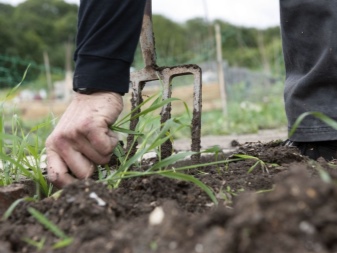
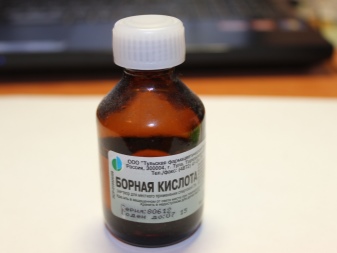
It is important to observe the sowing regime and return the beans to their original place no earlier than three years. Similar methods are carried out in the fall, after the harvest. In the areas where beans grew, a thorough cleaning of the remains of plants and grass is carried out. The land needs to be plowed deeply. By digging, you can feed the soil with phosphorus and potassium.
To get rid of harmful insects that spoil both the plants themselves and the seeds, folk remedies or chemicals are used.
- You can fight aphids with infusions from onion husks, tops of tomatoes, celandine, walnut leaves.
- To get rid of slugs, it is recommended to land around the bushes. dust with wood ash or lime.
- In the fight against thrips and ticks, the drug "Boverin" will help. Treatments are carried out in a week at least three times. To combat these insects, a kerosene solution is suitable. The prepared composition (5 ml per bucket of water) should be sprayed on the plants.
- When a bean weevil appears in the planting material, it should be treated with special preparations by choosing "Decis" or "Metapox". For the first time, processing is done before flowering. The second one is carried out after 10 days. The beans are harvested before the pod dries and begins to open.
- When plants are damaged by pests, it is recommended to treat them with "Decis", "Aktara" or use "Verticillin", "Fitoverm". Gaupsin will help to get rid of aphids, moths and whiteflies.
If the area with beans is small, it is advisable to use long-proven folk remedies that help get rid of pests and protect against the appearance of rot or other diseases.
Following the recommendations will allow you to get a good harvest, which is impossible when plants are damaged by pests or diseases.
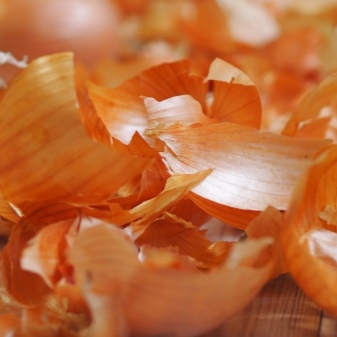
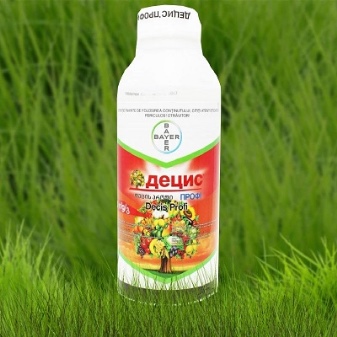
In the next video, you are waiting for feeding and hilling beans.













The comment was sent successfully.